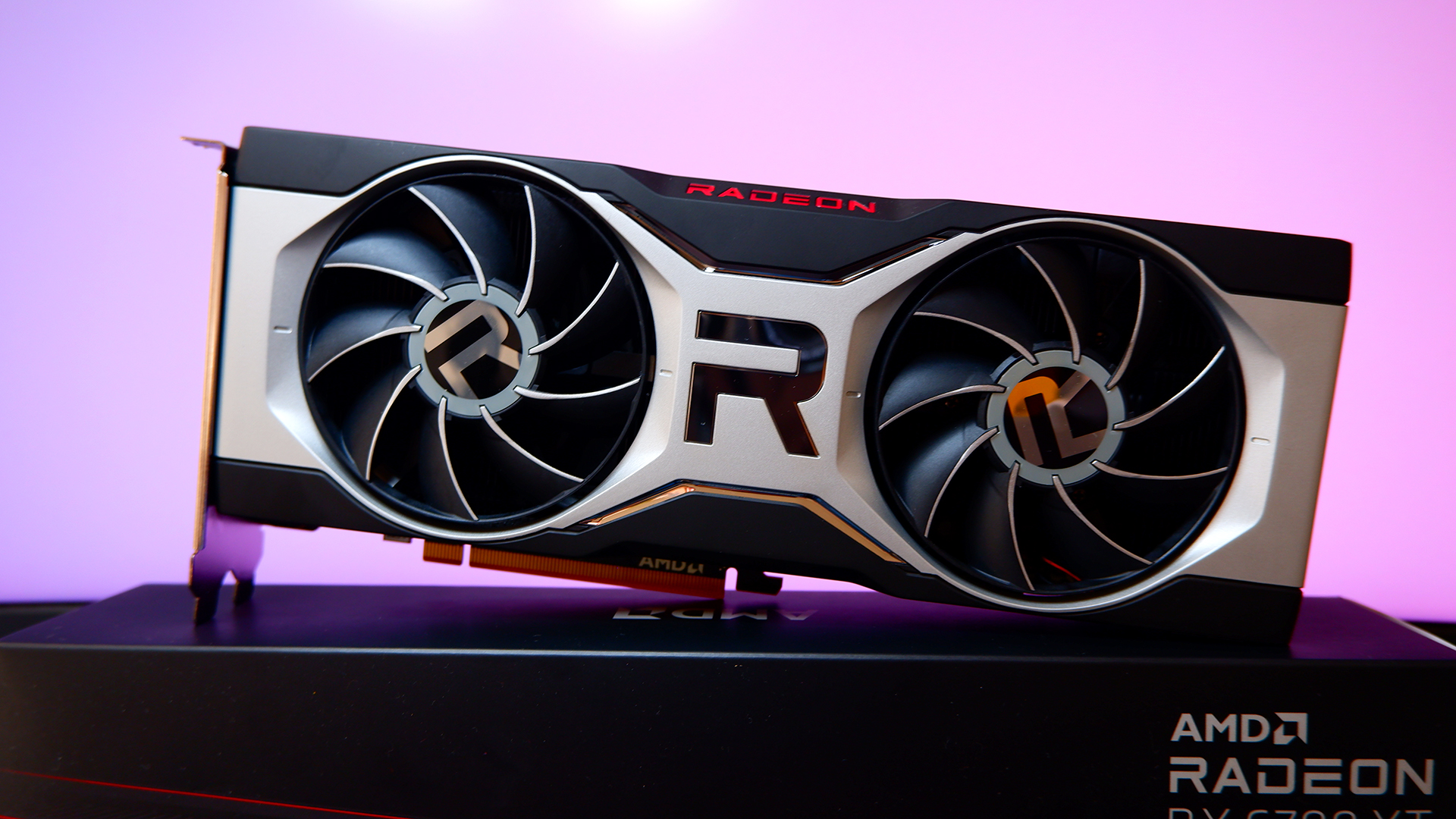
That lofty clock speed clearly pushes the RX 6700 XT's power envelope right up, however. If that's not a testament to AMD's generational gains with RDNA 2, I don't know what is. The RX 5700 XT it's ostensibly replacing was rated to 1,905MHz at best. Nowadays, it's possible on a stock card and a reference AMD cooler design. Only a few years ago that sort of frequency under any circumstance would've been considered extreme, and would have likely required liquid nitrogen and a dab hand at overclocking to achieve. Officially rated to 2,581MHz, we saw this card hit 2.4GHz in practice, on par with the listed Game Clock.

RDNA 2 has made quite a name for itself when it comes to operating clock speeds-the Radeon RX 6900 XT would rather happily hit 2.2GHz mid-game-but the RX 6700 XT pushes the limit that much further. In the RX 6700's case, the 96MB of Infinity Cache is making up ground for a slim 192-bit bus.īut don't be fooled by talk of saving power, the RX 6700 XT uses every last drop of leftover juice to drive up clock speeds and gaming performance. The Infinity Cache was first introduced with RDNA 2 at the high-end and offered AMD a way to circumvent the need for a wider, more power-hungry memory bus while maintaining memory bandwidth. There's 96MB of Infinity Cache on the RX 6700 XT, just a 25 percent reduction from the high-end Navi 21 chips. That's greater VRAM capacity than the RTX 3060 Ti and RTX 3070, and is a match for the RTX 3060 12GB.

There's 12GB of GDDR6 packed onto this card: an attempt at what we optimistically call 'future-proofing'. A headline feature of AMD's RDNA 2 lineup has been bigger than thou memory capacities compared with rival GeForce GPUs, and the RX 6700 XT doesn't buck that trend.


 0 kommentar(er)
0 kommentar(er)
